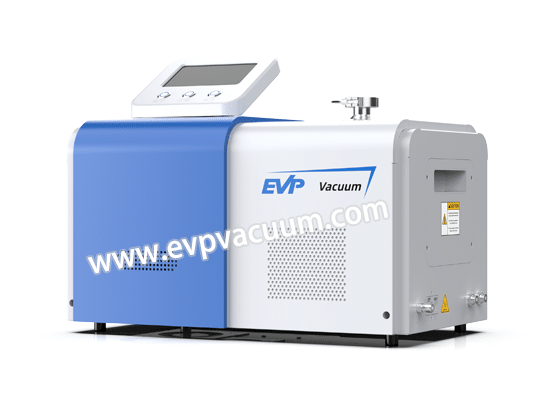What are the steps for using a helium mass spectrometer to detect leaks in titanium steel composite plates?
Titanium steel composite plate is formed by welding and vacuuming two different materials of metal plates, and then pressing them. The most common problems in the production process are composite plate defects and welding defects. The former is due to low bonding rate and cracks on the surface of the titanium steel layer, while the latter mainly manifests as pores, cracks, slag inclusions, and incomplete welding. So in order to reduce the defect rate of the product, it is necessary to perform helium testing after vacuuming to detect leaks in the product.
Firstly, connect the helium mass spectrometer leak detector to the vacuum system and vacuum the gap between the titanium steel composite plate through a reserved interface;
Step 2, after a period of time, turn off the auxiliary pump and turn on the helium detector to enter the leak detection state;
Step three, spray helium gas at the welding point of the sheet metal. If there is a leak, helium gas will enter the helium mass spectrometer leak detector, and the instrument will give an alarm prompt;
Step four, promptly repair any leaks and continue to investigate until everything is resolved.
The helium mass spectrometer leak detector can help enterprises improve the detection efficiency and product quality. We hope that the above helium mass spectrometer leak detection steps are helpful to everyone. If you need an instrument, please contact us.
(The article comes from the Internet. If reprinting is not allowed, please contact our company to delete it.)

